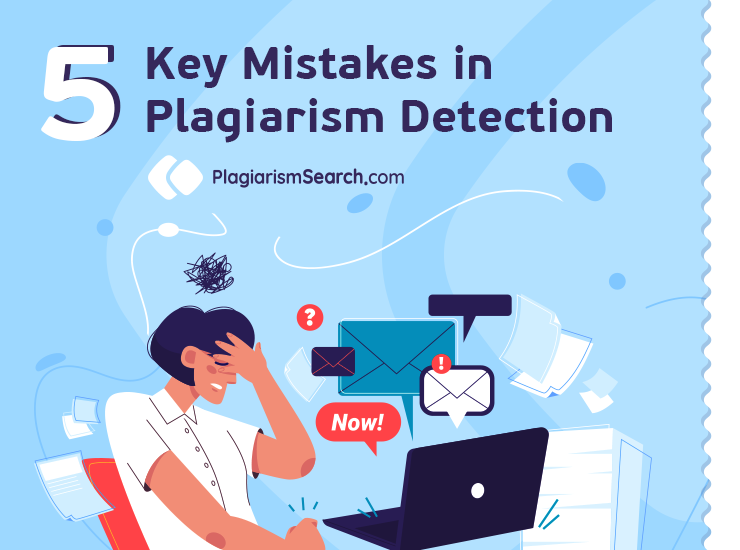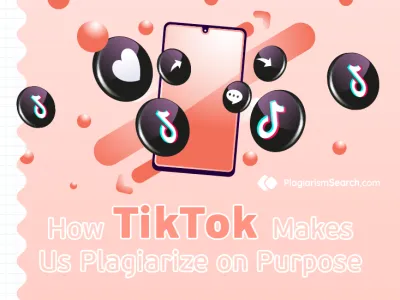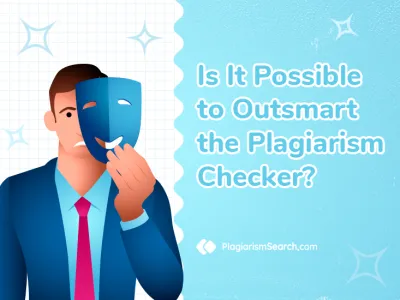
Common Errors in Identifying Plagiarism
Remember yourself as a student for a minute. What was your most frequent nightmare? A lot of students are scared of low grades or questions they cannot answer. More than that, almost everyone has a phobia of being accused of plagiarism. Having spent a week on a research, one morning you get an email that the level of originality in your paper is too low and you are suspected of copying someone’s work. It sounds scary, doesn’t it? Actually, you never forget to check all your papers with the latest plagiarism detection tools, but is that a guarantee that you will never get into troubles with your writing?
Potential Issues with Students’ Papers that Cause Accusations
Let’s fancy that you did all the work diligently and did not copy anything from other sources without referencing. Still, your professor notified that you may be suspended from your studies. What could have happened?
- You used parts of your previous paper in the research
It is tempting to refer to your previous ideas and get parts that match a new topic into your research. Thus, you save your time and do not plagiarize any other papers. Still, this approach is completely wrong as self-plagiarism is a crime that has severe consequences.
- Instructors are unfair in their judgments
Although it sounds impossible, in some cases your professor may be too strict. Seeing plagiarism in the passages where it cannot be, they cause you troubles and make you find excuses for the crimes you have not committed.
To prevent all kinds of issues with your assignments, you make use of different kinds of software. However, the question remains: are plagiarism checkers accurate?
Errors Made While Using Plagiarism Detection Software
Error 1. Paying insufficient attention to referencing
Working on your research or any other type of writing, you need to pay special attention to the sources. It might happen that the author refers to some previous work and your citation might be wrong. Analyzing each piece of your writing for plagiarism, you should examine every issue and check every citation. However, it might be really challenging to trace cases with problems manually without special tools.
Error 2. Viewing the results of plagiarism detection as originality guarantee
Do plagiarism checkers work flawlessly? Not every of them and not always, for sure. If you trust them blindly and have no doubt in the results they show, you might be trapped. If you make use of PlagiarismSearch.com, for example, you should treat the plagiarism report respectfully but add some independent judgment of your own to the analysis as well. You are looking for plagiarism, meaning duplicating someone’s ideas or approaches, while the software is trying to find actual matching with the source. So, it is a must to analyze the text with a plagiarism checker, but this evaluation should be accompanied with human analysis. Otherwise, you may either miss some copied parts or believe that there is plagiarism whether there is actually none.
Error 3. Treating matching as plagiarism
In some cases, plagiarism detection software shows duplication although what really happens there is matching of the topical vocabulary and terms. In the text with numerous proper names, the report might show entire paragraphs highlighted as highly plagiarized. Efficient software differentiates between footnotes, block quotes, comments and copied text, but it is always better to double check. Do not be afraid of spotted sentences even if they appear as a really large part of your text. That might be matching, but you should check it out, no doubt.
Error 4. Checking the text against the entire database
A professor might ask you to submit a draft before you start working on the final paper to see if you have taken the right direction in your research. Checking the final one against all the papers in the database, you will get a false result of plagiarism as it will show the passages from your draft as copied. The same may happen with a summary of your research as it will refer to the actual paper. Thus, before you use any software, make sure that you have eliminated the sources which should be not taken into account. Investigation of every specific case is a must for you as having a draft and a paper is different from self-plagiarism.
Error 5. Making false accusations
Hopefully, you have not got into situations when a professor refers to your paper as a copied one just because it is too polished. On the basis of intuition, without any actual proofs, no one can claim that the text is borrowed from somewhere. What you can do in that case is to provide actual proofs that will be the evidence that you tell the truth. With AI writing tools in wide use, it is getting more and more complicated to protect your rights, but software tools like PlagiarismSearch.com and others make amazing progress and trace the use of artificial intelligence really well. So, you can check your paper not only for conventional plagiarism but for the use of AI as well to confirm that you are the actual author of your text.
All in all, the role of plagiarism detection tools in the modern world of education and research cannot be overestimated. Still, some of the results they show should be reconsidered on the basis of intuition, manual analysis, and double checking. Even if you are discouraged with the plagiarism report you have got, it is always worth performing some additional analysis to prove that you have not committed any crime. With due diligence and willingness to find the truth, you will get an in-depth analysis of the paper and avoid any false accusations.
There is no excuse for plagiarism, either intentional or accidental, so mind all possible threats in your writing. Remember that a plagiarism detection tool is your assistant, but you cannot rely on it entirely. It is you who makes conclusions on the basis of the report. Carry the plagiarism check consistently and with due care and prove that you do follow all the provisions of academic integrity.






